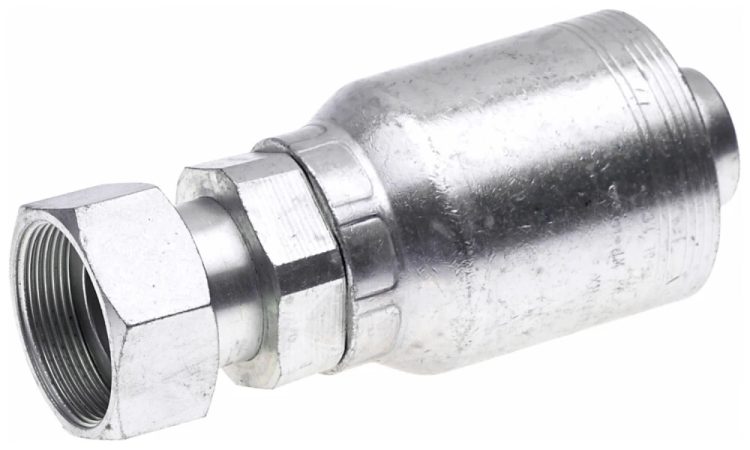
Pressure testing is necessary at specific intervals and under certain conditions for hydraulic cylinders in order to determine their structural strength and seal performance. Tests are conducted under higher pressure than normal working conditions in order to identify weaknesses before they cause field failures. Pressure testing is conducted by manufacturers, repair teams, and equipment operators as part of quality control measures. Regularly scheduled tests together with additional tests after repairs or modifications ensure that cylinders retain their rated performance throughout their service life.
After initial manufacturing
New cylinders undergo pressure testing before leaving manufacturing facilities. Testing at the factory ensures welds hold, barrels contain pressure, and seals work. One hundred fifty per cent of the rated working pressure is usually used in testing. Critical applications are tested at 200 per cent by some manufacturers. Elevated pressure stresses components. hydraulic equipment manufacturers document test results, including pressure levels, hold duration, and any leakage observations. Cylinders that pass receive certification tags stating the tested pressure and date. Factory testing catches manufacturing defects before cylinders reach customers. Welding flaws become apparent immediately. Material inconsistencies show themselves under load. Assembly errors reveal their presence through leaks or distortion.
Following major repairs
Cylinders returning from repair facilities need pressure testing before returning to service. Repairs involving seal replacement, rod refinishing, or barrel work all justify retesting without exception. The testing confirms repairs restored original specifications rather than just making the cylinder look presentable. Repair facilities use testing equipment calibrated to industry standards:
- Pressure gauges are accurate within 1 percent of reading to ensure reliable measurements
- Hold times matching manufacturer specifications for cylinder size and volume
- Leak detection methods sensitive to minor fluid seepage that might not be visible
- Documentation systems recording all test parameters for warranty and liability protection
Testing equipment itself requires regular calibration. Gauges drift over time. Hoses develop internal restrictions. Fittings leak at connections. Repair shops maintain calibration records proving their test equipment produces accurate results.
Post modification procedures
Any modification to cylinder specifications requires pressure testing afterwards to verify that the changes did not compromise structural integrity:
- Bore increases to raise force capacity alter barrel wall thickness ratios and stress distribution patterns
- Rod replacements with different diameters change buckling resistance and seal compression characteristics
- Mounting changes relocate stress concentrations to different barrel sections that may not handle loads adequately
- Port relocations create new weld zones requiring verification that fusion penetration is complete
- Material substitutions replace original alloys with alternatives having different strength properties that need confirmation
Testing verifies that modifications maintained structural integrity appropriate for rated pressures. Custom cylinders built to unusual specifications need extensive testing, documenting their pressure capacity across the full stroke length. Modifications sometimes create problems that only appear under pressure when it is too late to correct them easily.
Hydraulic cylinders are tested under pressure after they are manufactured. They also undergo testing after repairs during regular inspections after any modifications, and before critical operations. These tests confirm that the cylinder structure is intact and that it operates correctly under conditions higher than normal service pressures. The testing process helps identify problems before they become serious. Any developing defects can be detected and corrected. This ensures that the cylinders will not fail when they are used in the field.
